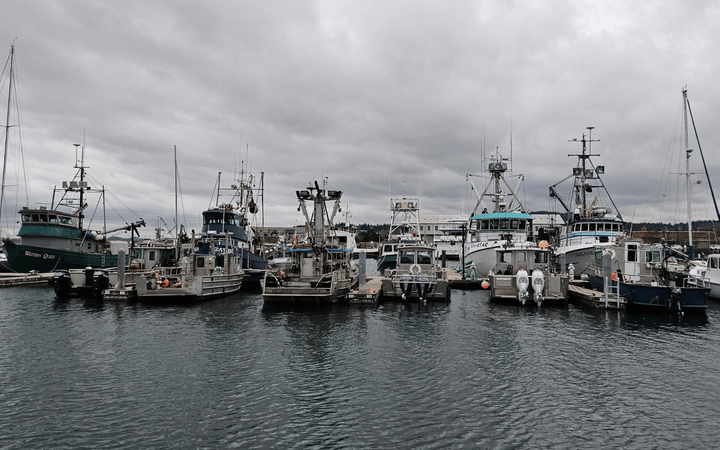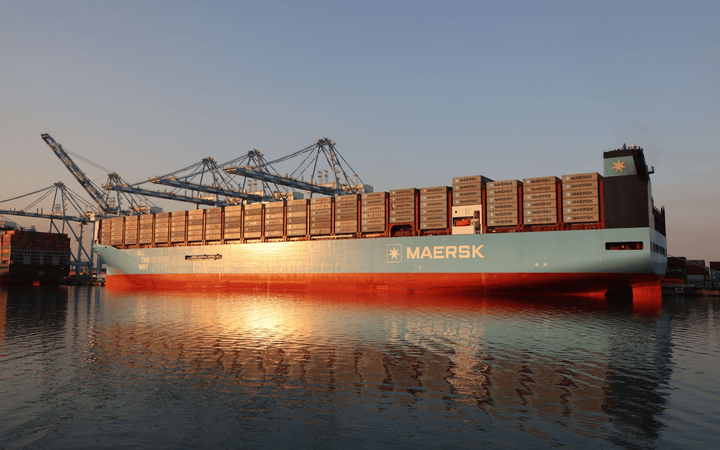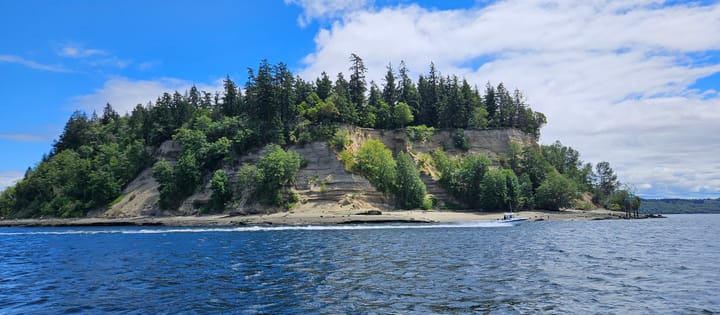Touring the Port of Tacoma
Puget Sound's two largest seaports offer public tours, and a glimpse at big changes ahead.

The Port of Tacoma and Port of Seattle (which collaborate through the Northwest Seaport Alliance) own and operate thousands of acres along the shores of Puget Sound. They are a major gateway for goods and connect ship, rail and truck routes.
You might often drive, or boat, past the ports from a distance. There are cranes, stacked containers, layers of history and commercial development. They don't scream “come visit me!!” but that's exactly what you can do.
Both of Puget Sound's major ports offer tours, more details below, as well as public points of access. It's a chance to explore the scale and complexity of these local seaports.
Pacific Northwest ports are continually evolving. After touring both Seattle and Tacoma, I noticed a few trends hinting at the big changes currently taking place and where these seaports are headed:
- Bigger ships, bigger cranes and deeper harbors. If those container ships look big now, they'll eventually look gargantuan as the industry aims to transport more goods with every transit.
Container ship size is measured by TEU, essentially its max capacity for 20' long containers. The largest containerships in the world are, for now, about 24,000 TEUs. The Port of Tacoma can currently accommodate a 14,000 TEU ship. After the harbor deepening project, they'll be able to accommodate 18,000 TEU ships. - Automation is happening but people are still involved throughout the process. From the ships to the stevedores, longshore workers, port employees, truck drivers, nearby businesses and further down the line, a lot of people's work intersects with port operations. Labor unions are also negotiating the role automation can play. And systems are limited by interoperability, or all the players using different software.
- Habitat restoration is underway as the ports try to balance the demands of industry and waterfront habitats. While there are big plans afoot for how the ports will reduce their ongoing environmental impact, habitat restoration projects are undoing their past work. You can see visible changes, such as along the Duwamish Waterway and Lower Wapato Creek.
- Major capital projects are underway. From receiving big federal grants to expanding cruise or container ship capacity to new headquarters, both ports are investing heavily in the future.
Photos from the Port of Tacoma public tour:
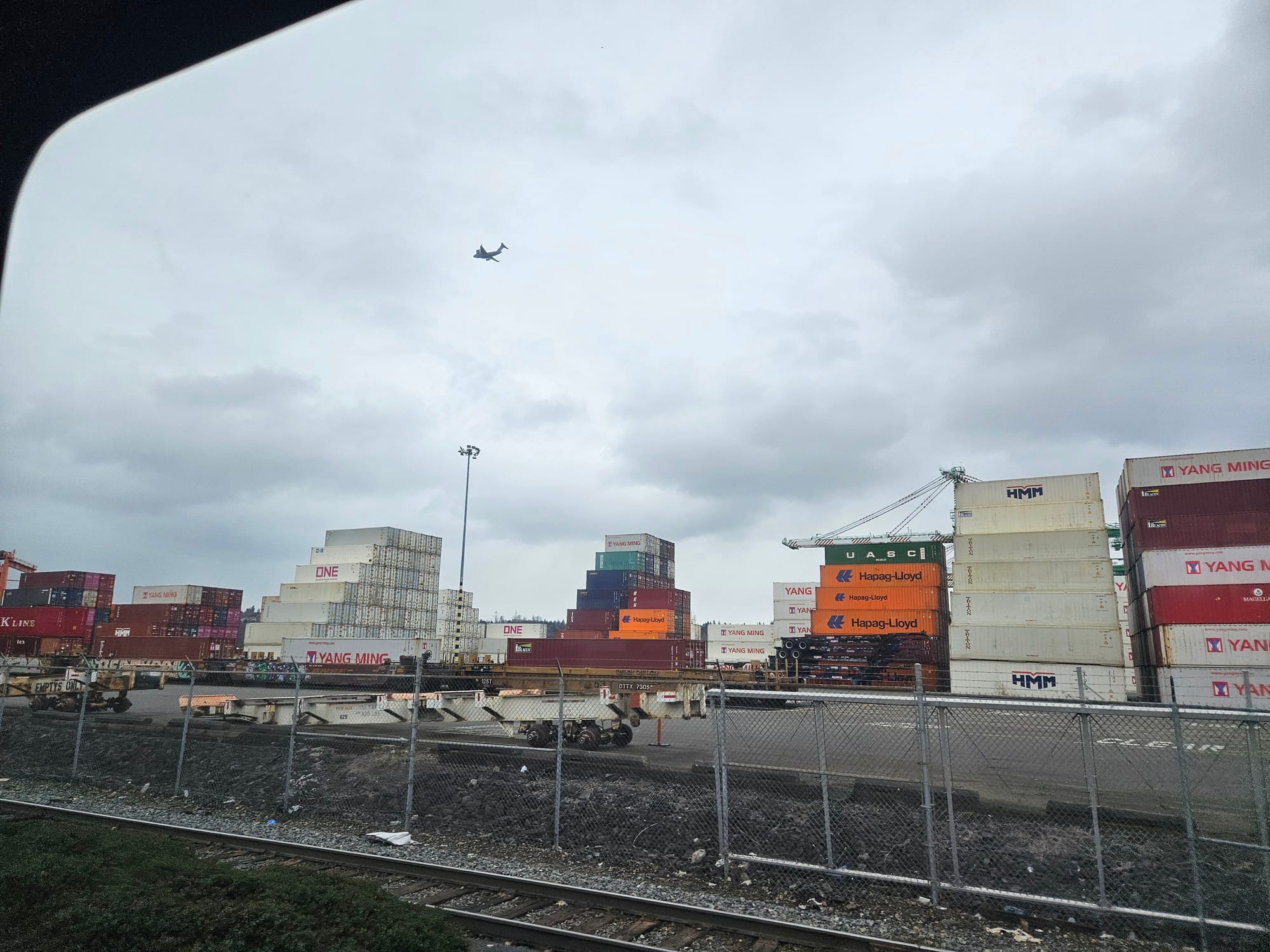
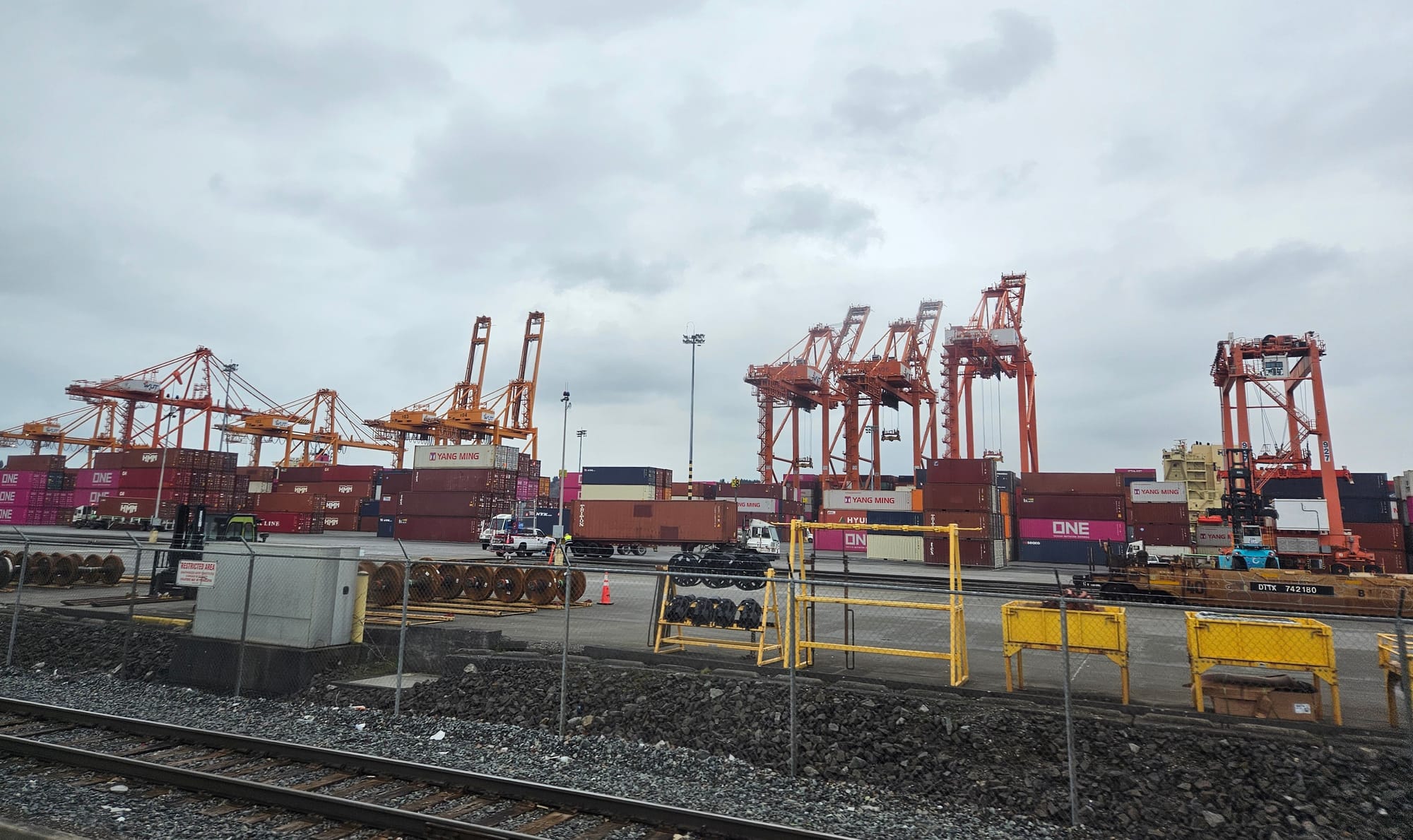
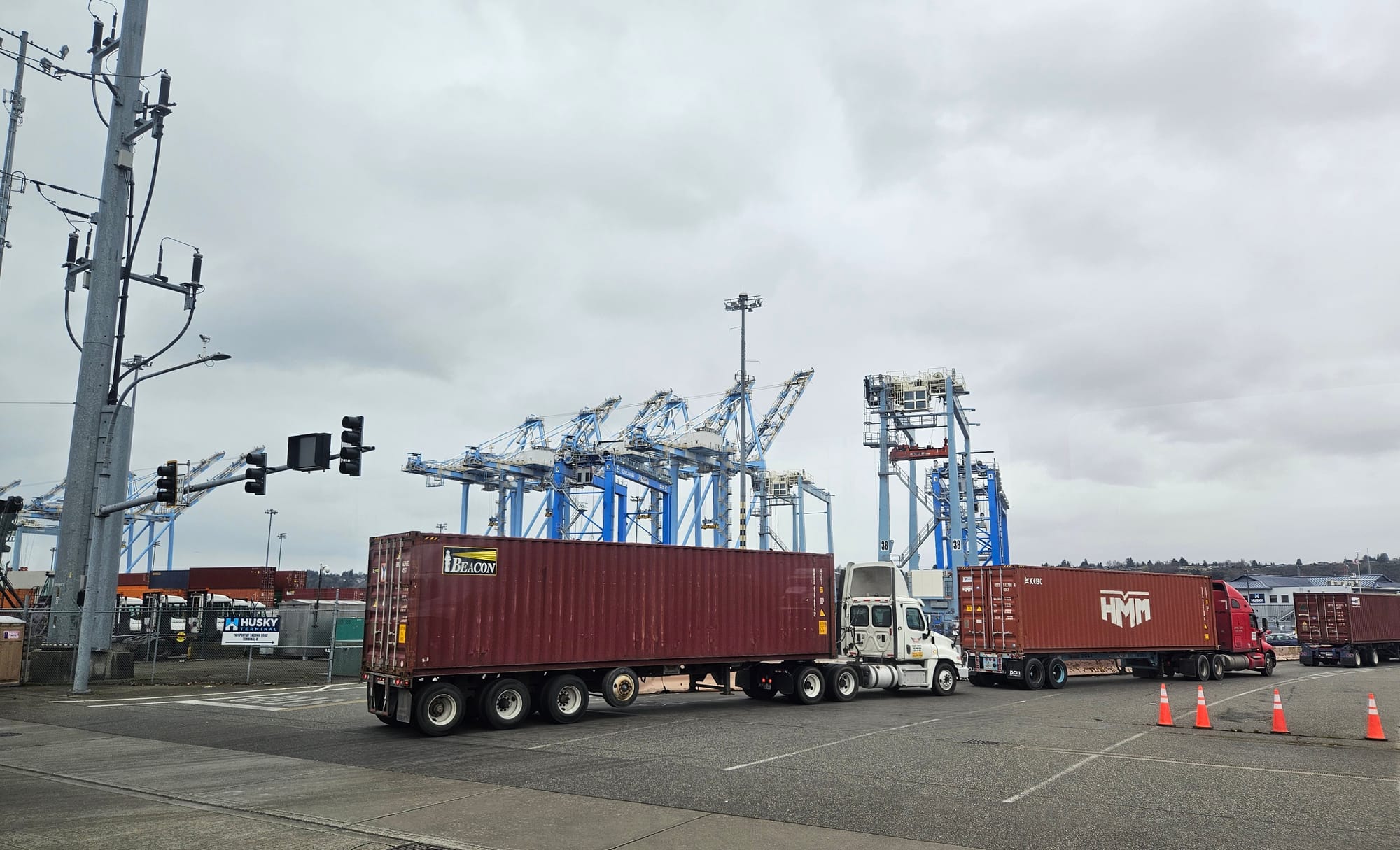
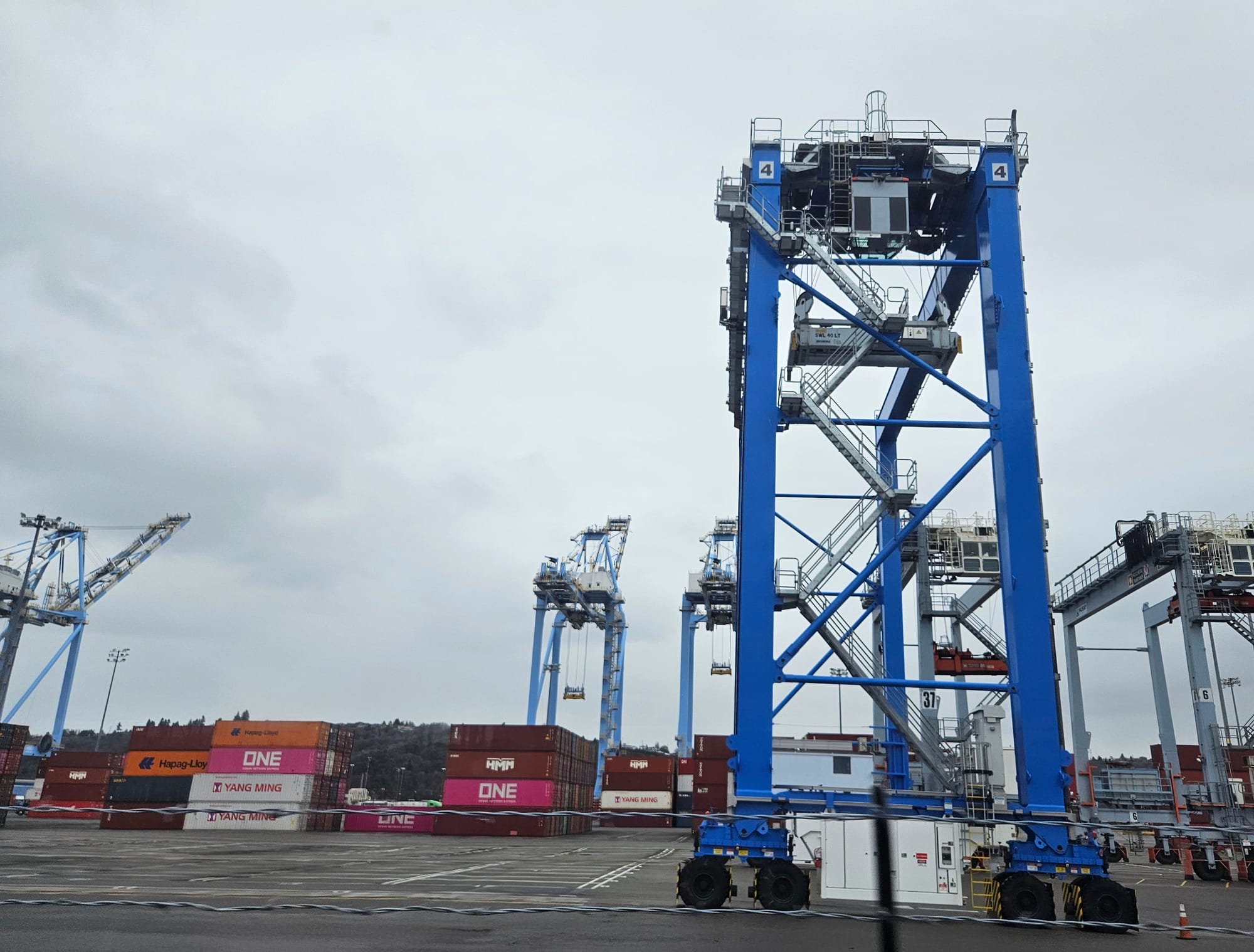
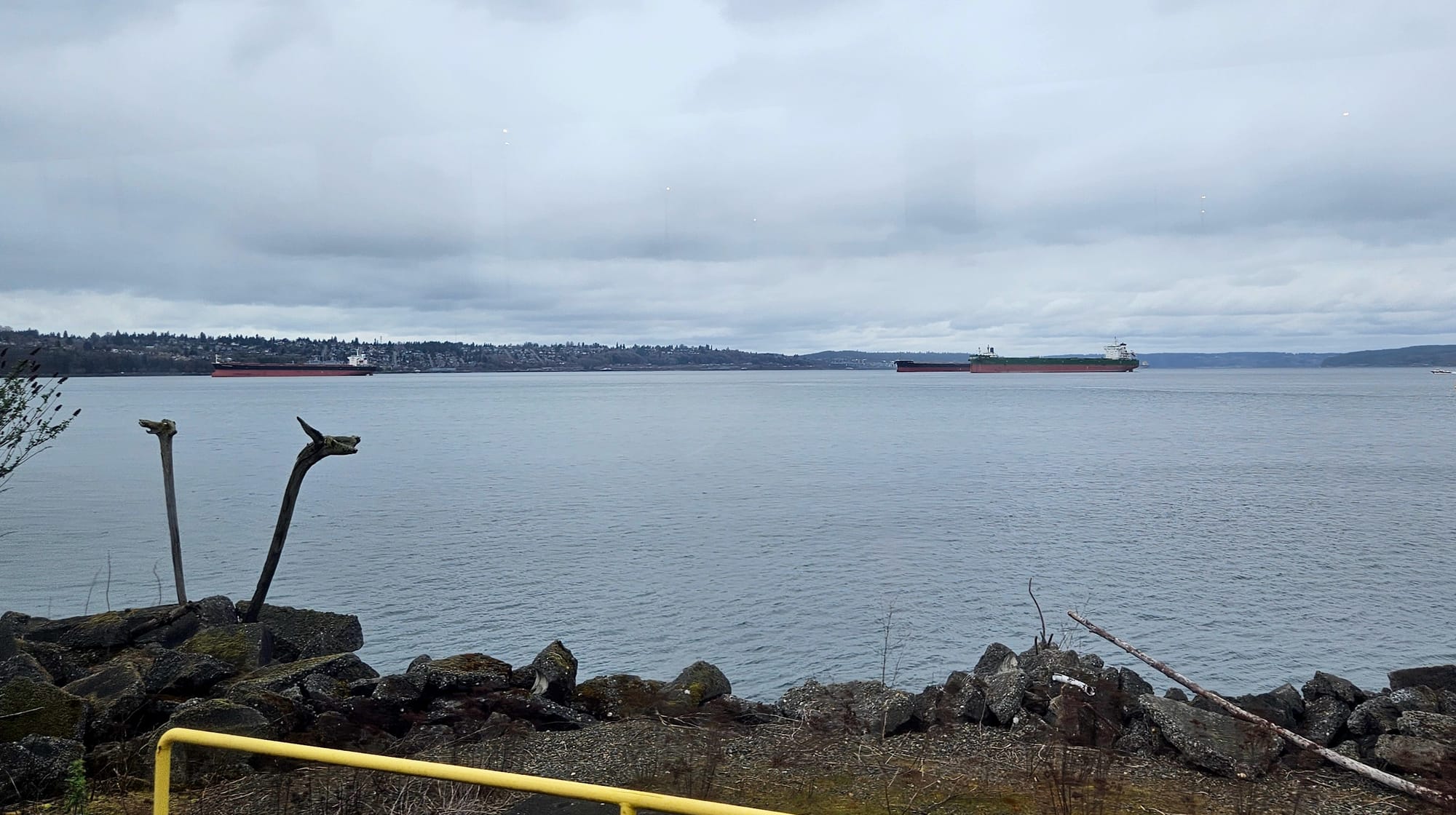
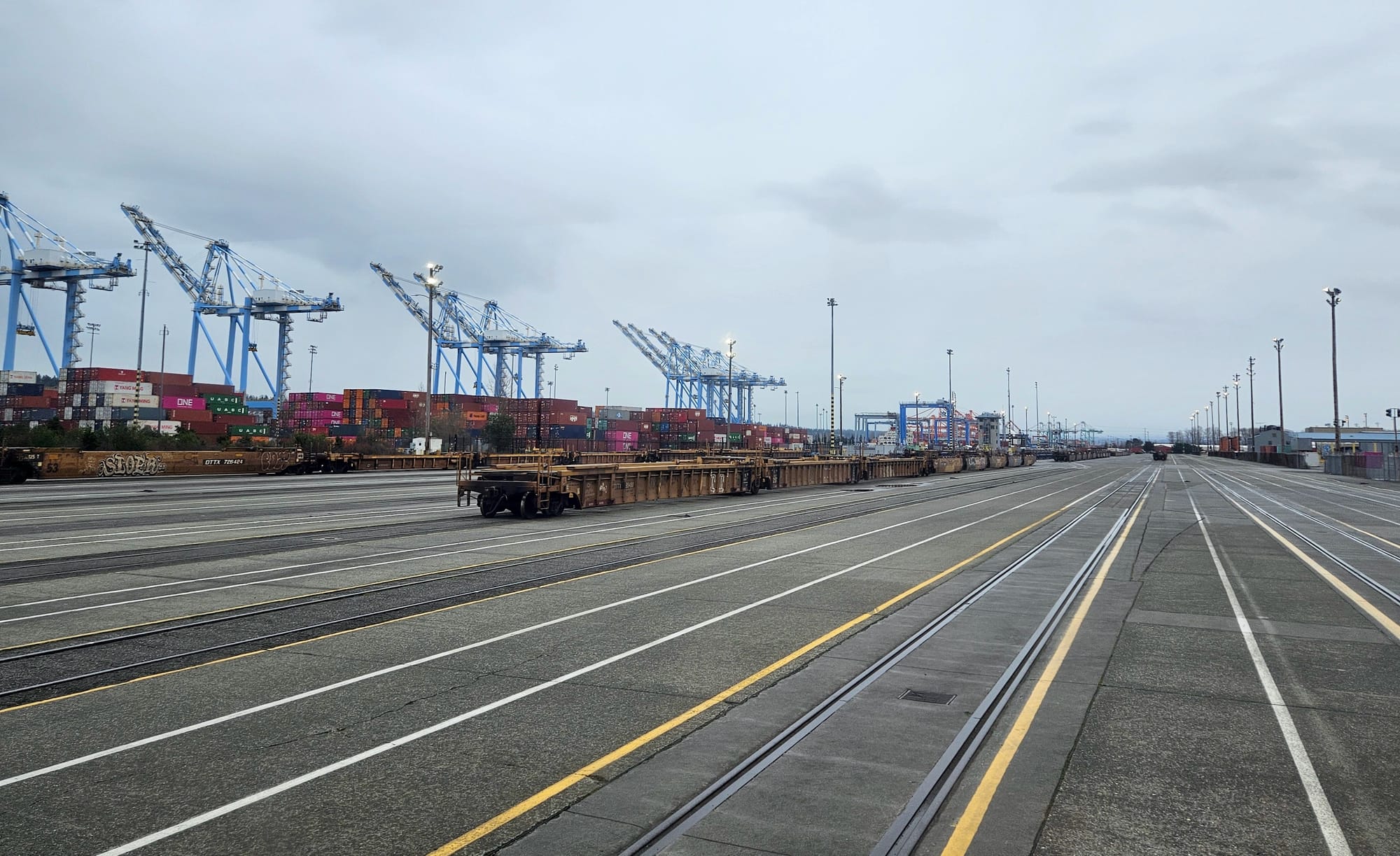
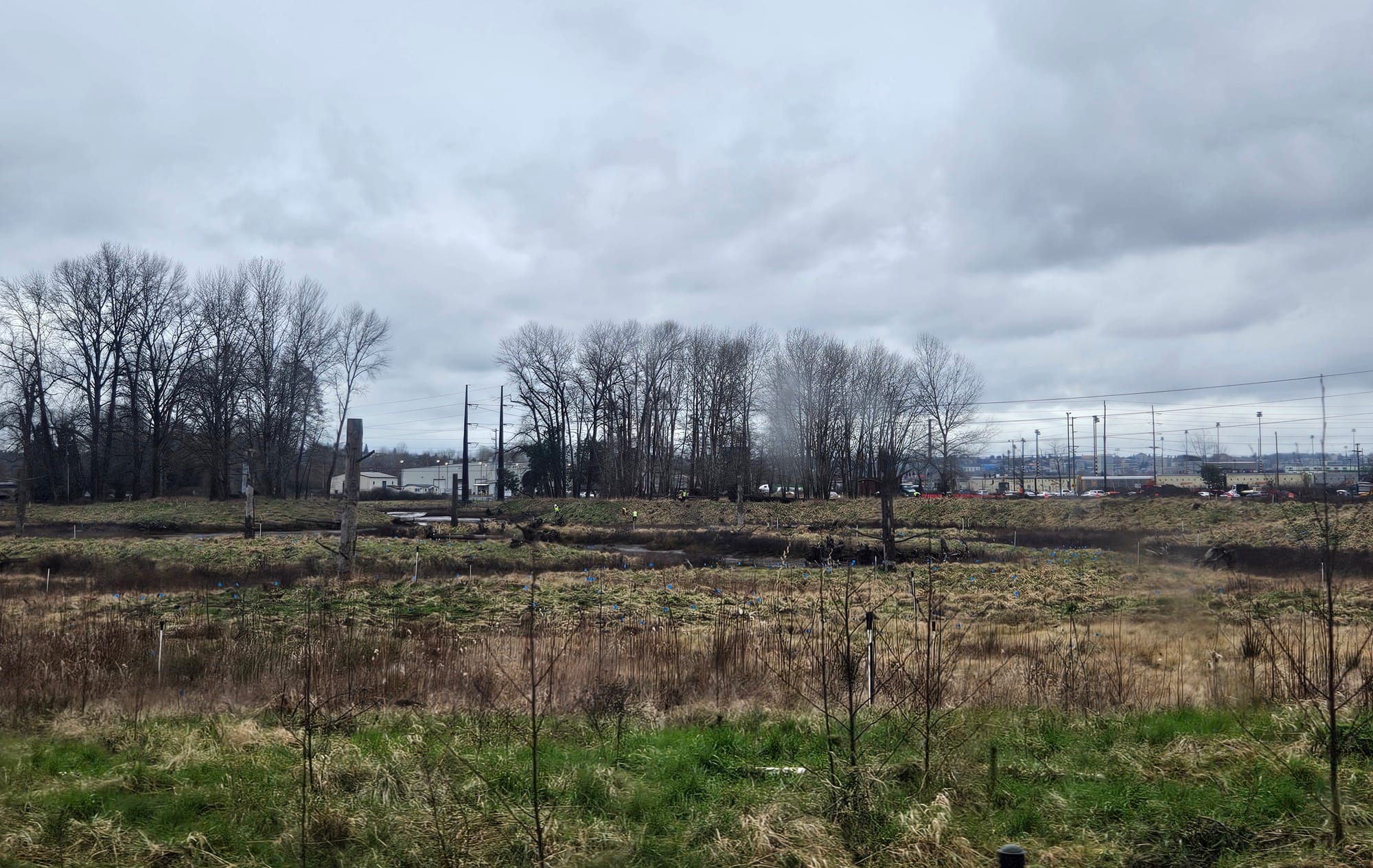
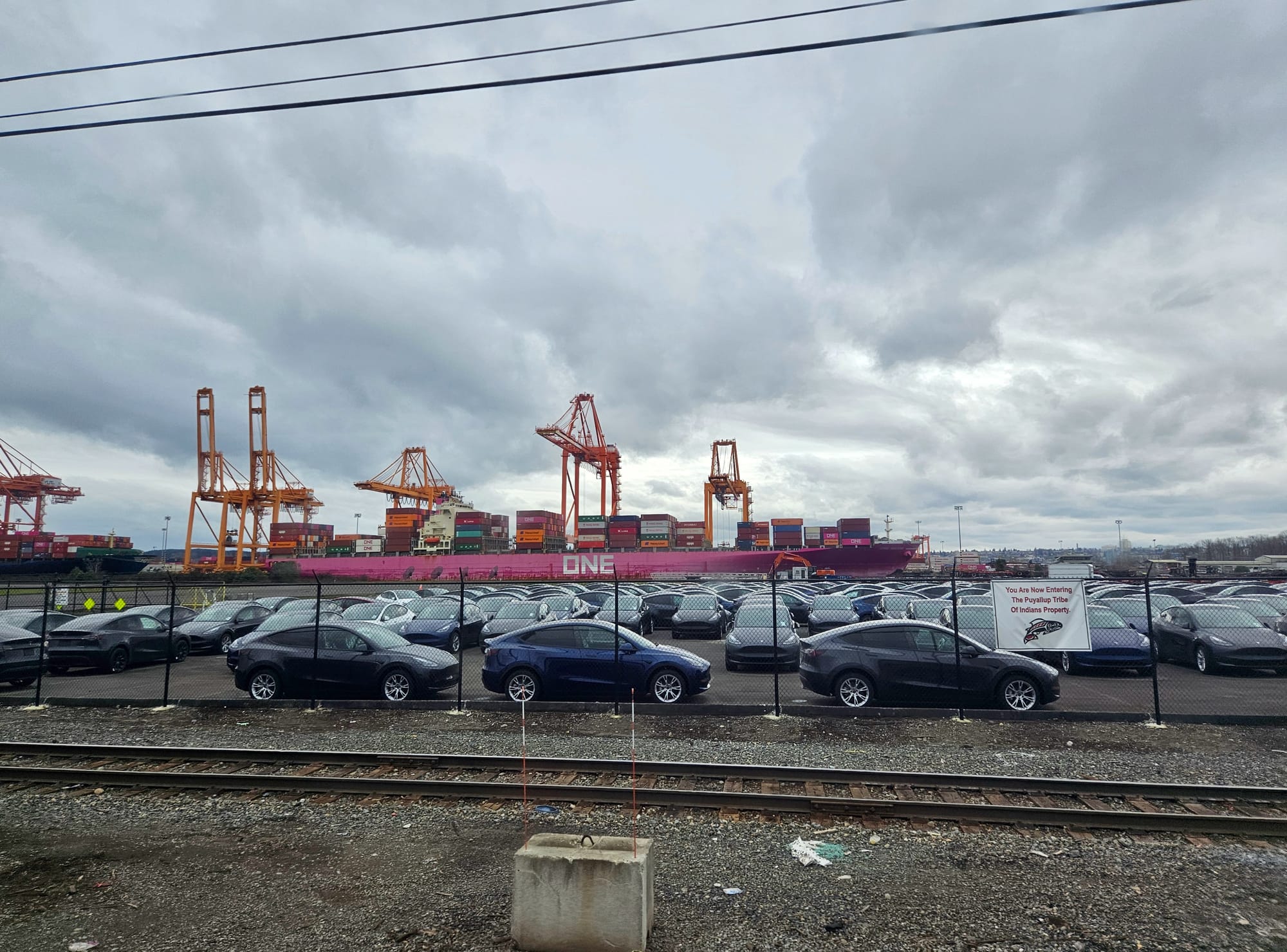
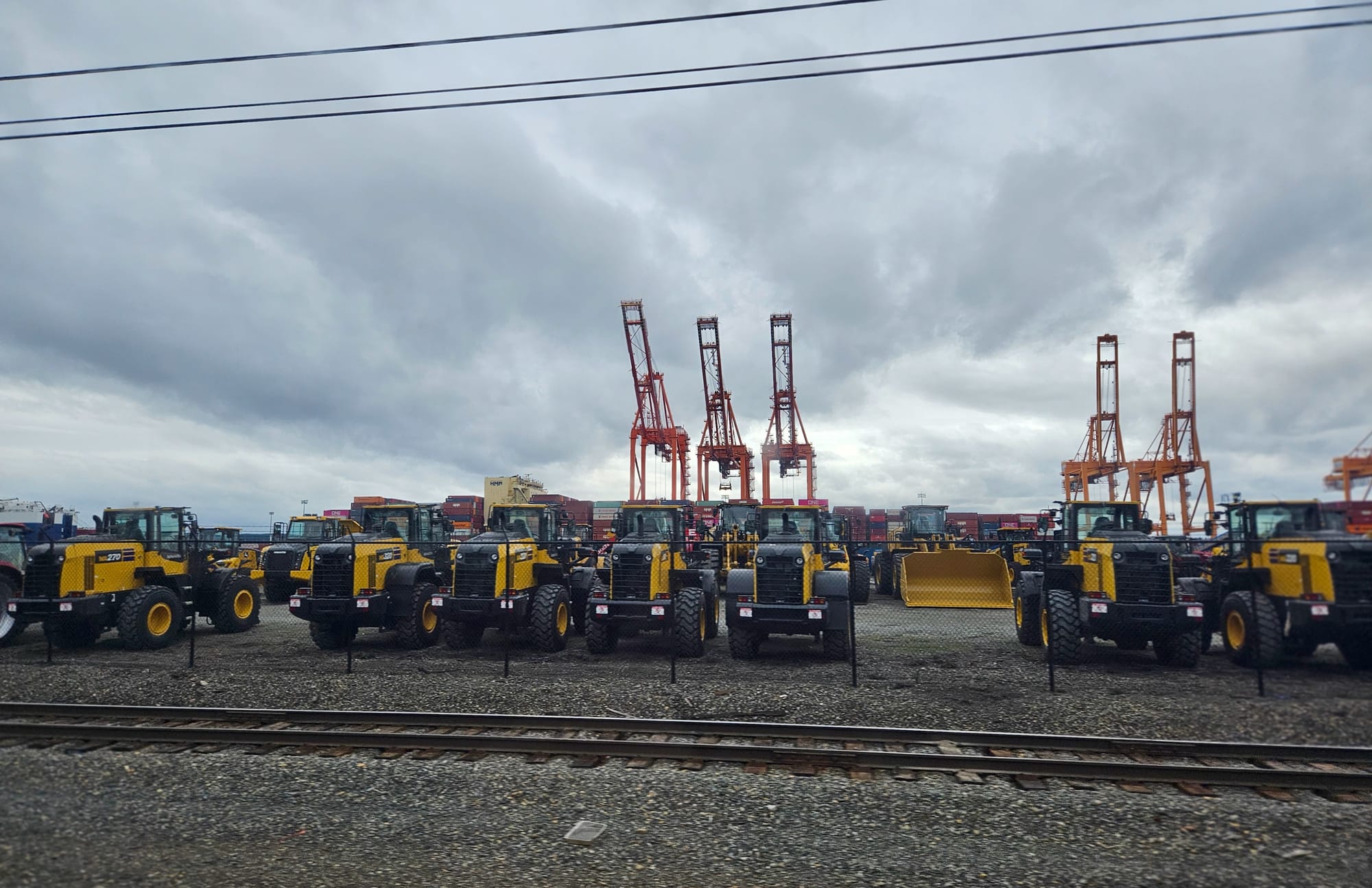
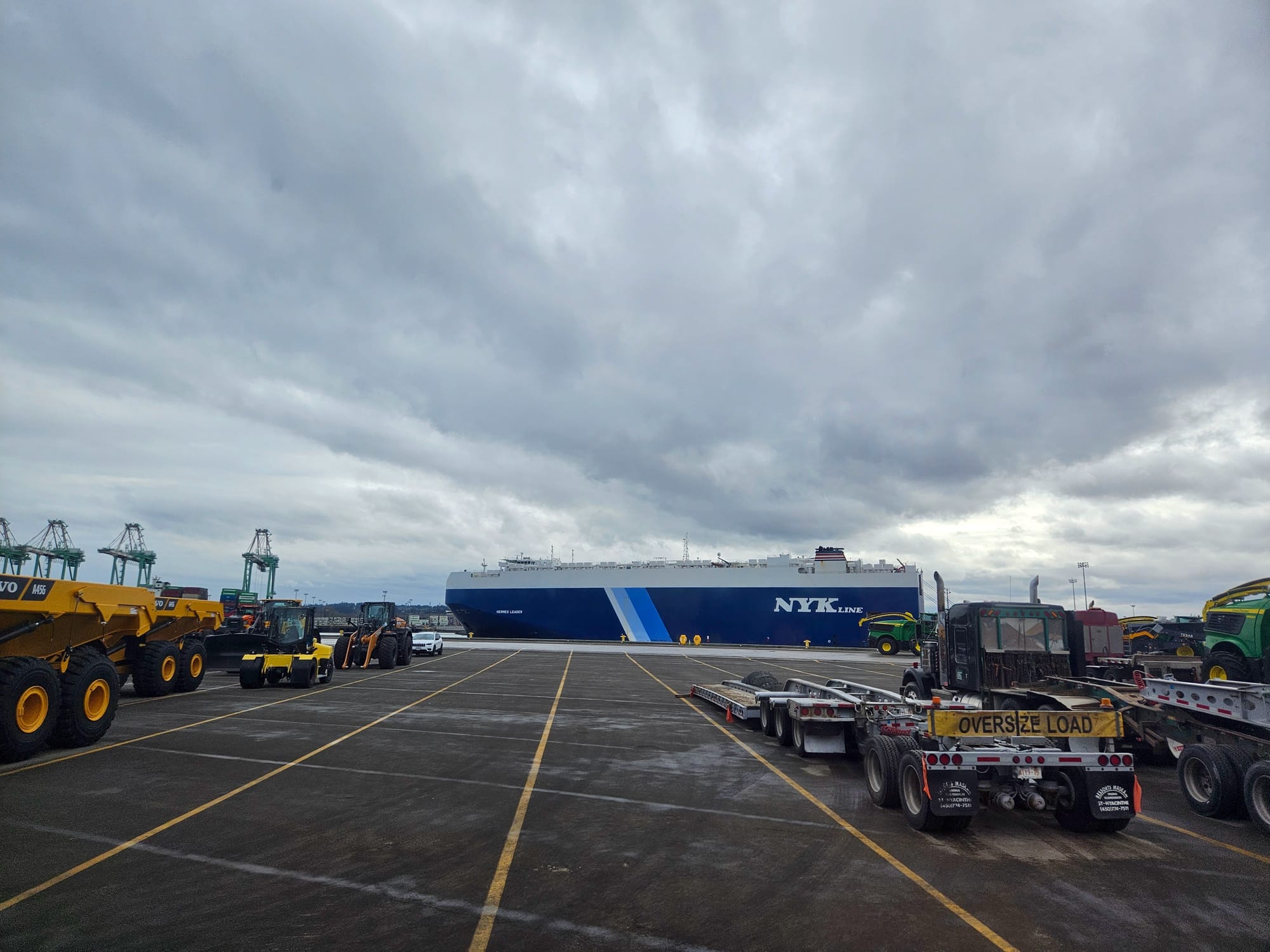
Take a tour
Port of Tacoma offers free public tours via bus throughout the year. They do tours via boat one day in the summer and have a virtual tour option. For little ones obsessed with big vehicles, they also host an annual "Touch a Truck" event.
Port of Seattle offers a free "Port U Adult Education Series" which includes separate tours that each focus on a different facet of the port's operations and properties including cargo, the airport, Duwamish River and Lake Washington Ship Canal.
In 2023, this series was held during the month of September. Visit the port's events calendar or subscribe to their "Community Events and Programs" email newsletter to watch for 2024 dates. They also have a self-guided walking tour that directs you to two public viewpoints overlooking the container terminals.
Update: Port of Everett offers public tours too! Check out the third-largest container port in Washington by boat during the summer months. Registration typically opens May (and sells out!). In 2024, reservations were $7/person.

